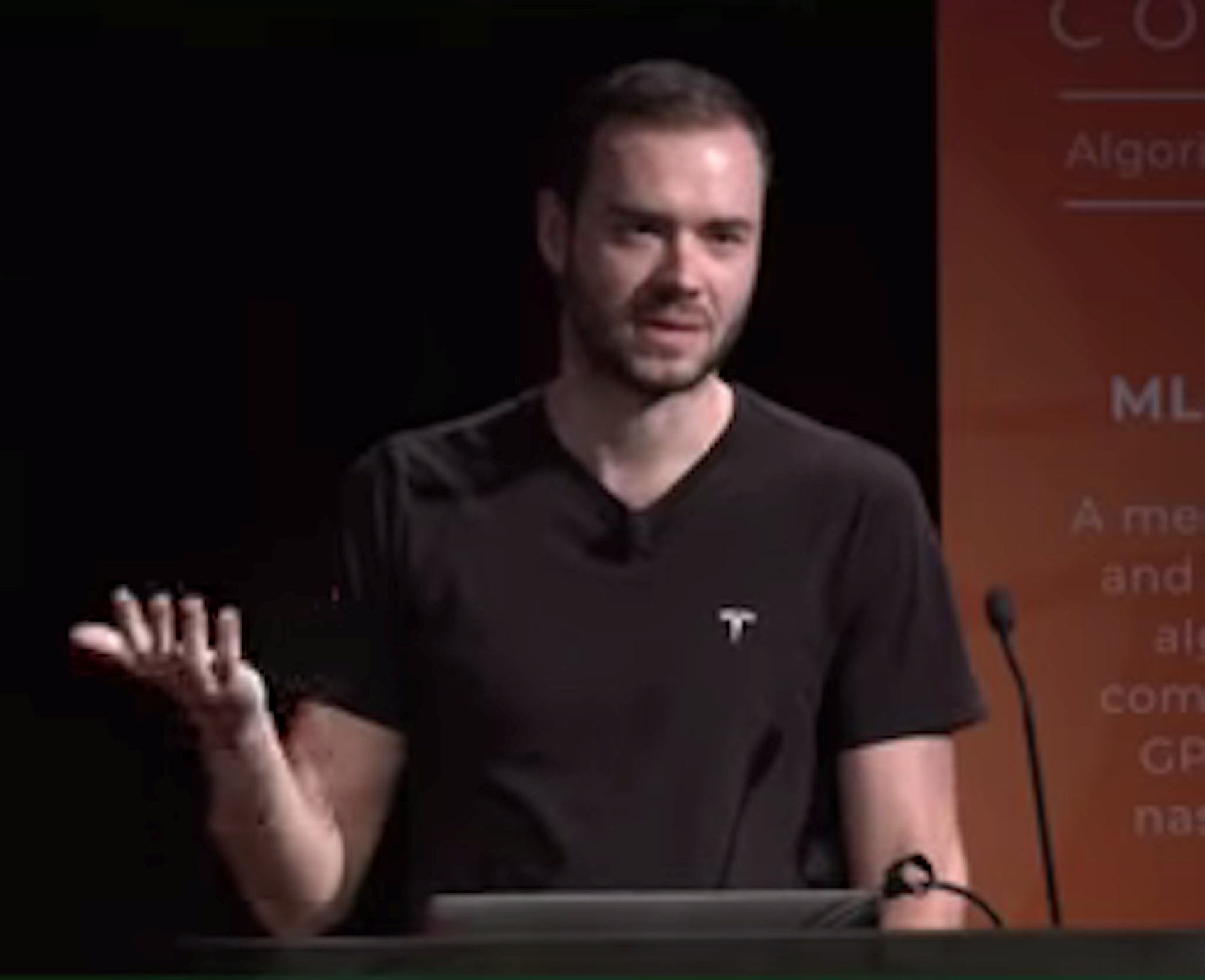Will AI replace human teachers? It’s unlikely for now
AI in education isn’t just coming; it’s here. The question is how effective it will be.

OpenAI co-founder Andrej Karpathy envisions a world in which artificial intelligence bots can be made into subject matter experts that are “deeply passionate, great at teaching, infinitely patient and fluent in all of the world’s languages.” Through this vision, the bots would be available to “personally tutor all 8 billion of us on demand.”
The embodiment of that idea is his latest venture, Eureka Labs, which is merely the newest prominent example of how tech entrepreneurs are seeking to use AI to revolutionize education.
Karpathy believes AI can solve a long-standing challenge: the scarcity of good teachers who are also subject experts.
And he’s not alone. OpenAI CEO Sam Altman, Khan Academy CEO Sal Khan, venture capitalist Marc Andreessen and University of California, Berkeley computer scientist Stuart Russell also dream of bots becoming on-demand tutors, guidance counselors and perhaps even replacements for human teachers.

As a researcher focused on AI and other new writing technologies, I’ve seen many cases of high-tech “solutions” for teaching problems that fizzled. AI certainly may enhance aspects of education, but history shows that bots probably won’t be an effective substitute for humans. That’s because students have long shown resistance to machines, however sophisticated, and a natural preference to connect with and be inspired by fellow humans.
The costly challenge of teaching writing to the masses
As the director of the English Composition program at the University of Pittsburgh, I oversee instruction for some 7,000 students a year. Programs like mine have long wrestled with how to teach writing efficiently and effectively to so many people at once.
The best answer so far is to keep class sizes to no more than 15 students. Research shows that students learn writing better in smaller classes because they are more engaged.
ABOUT THE AUTHOR
(15)